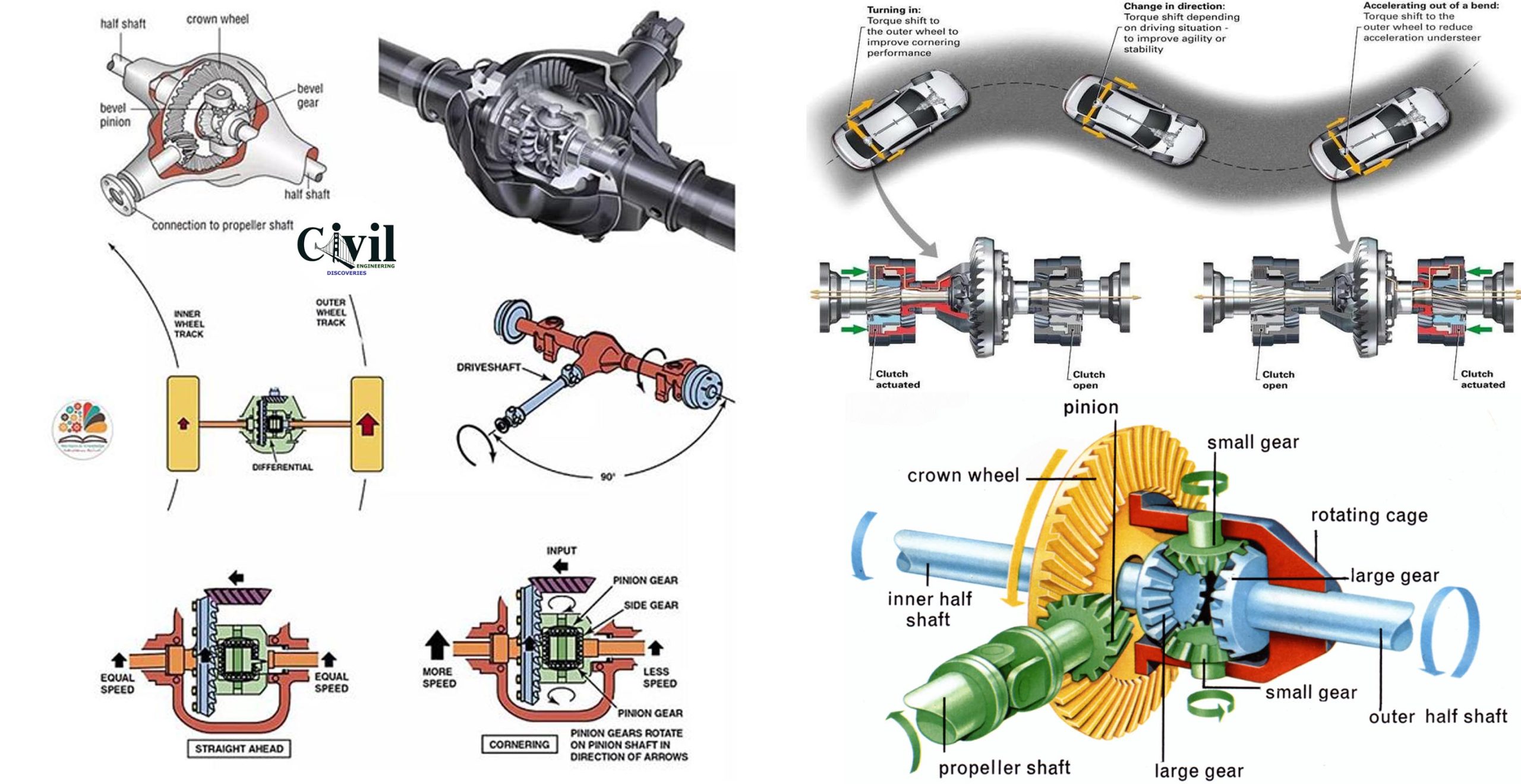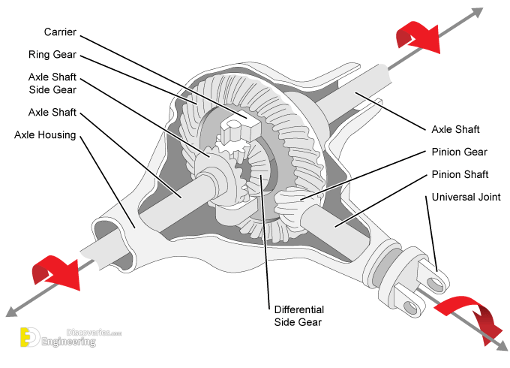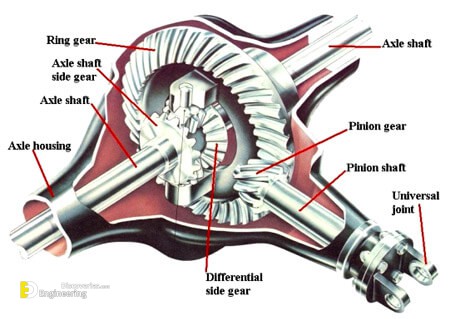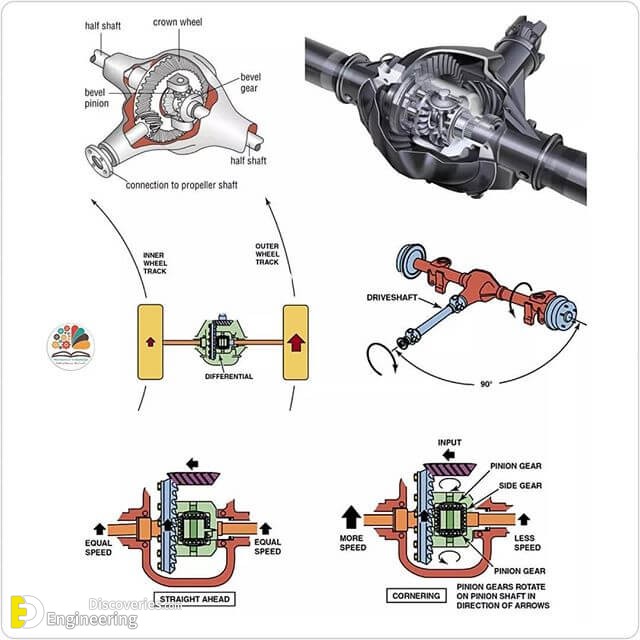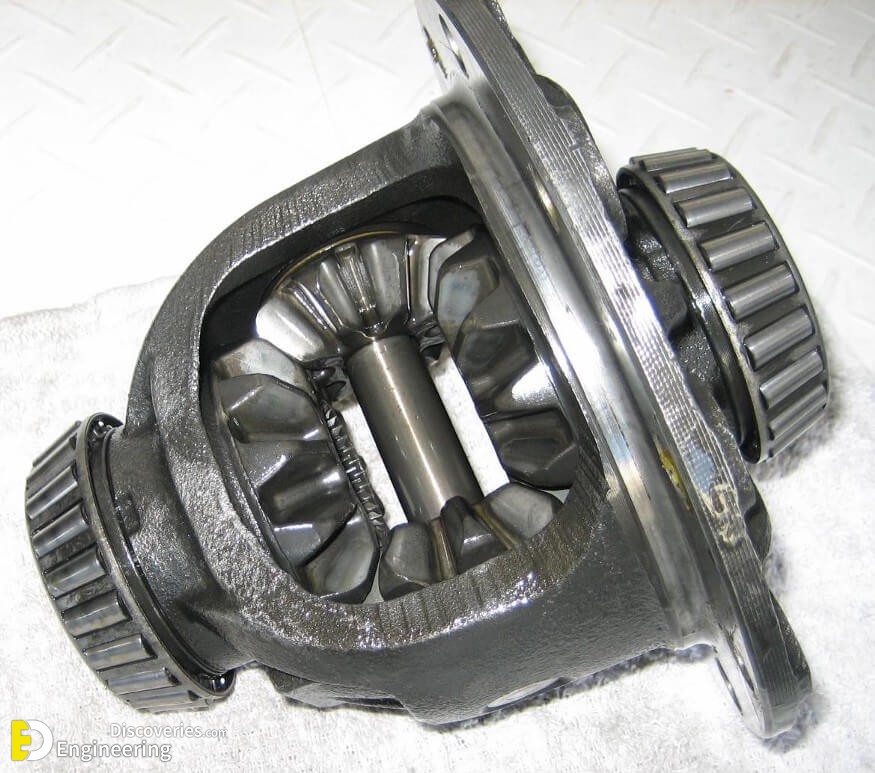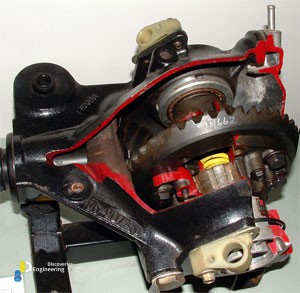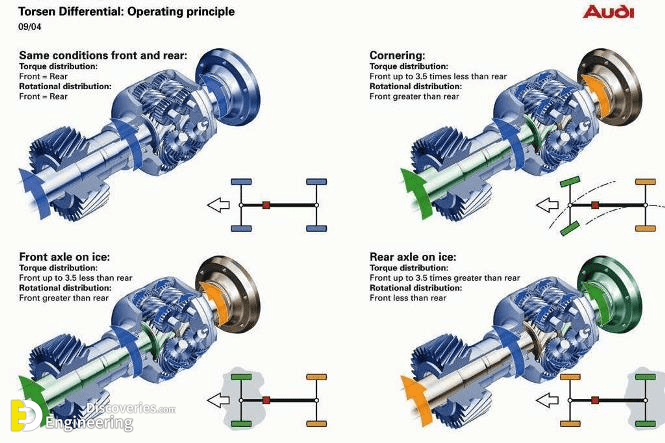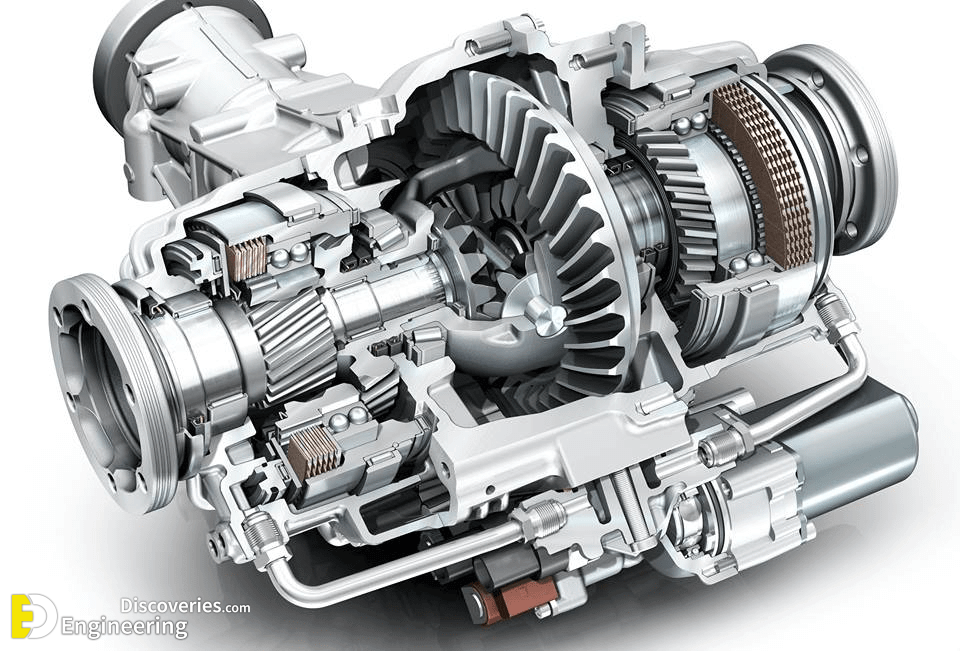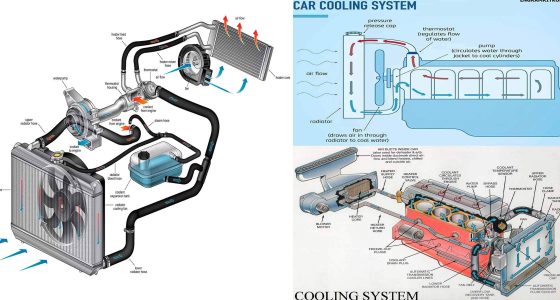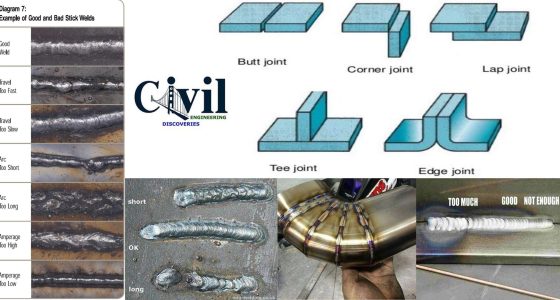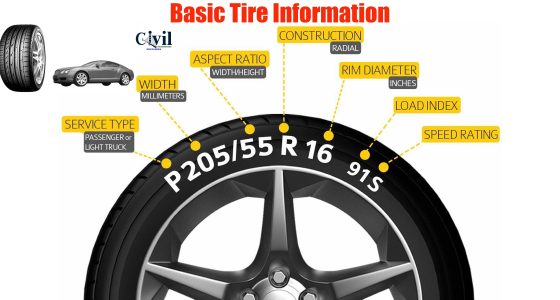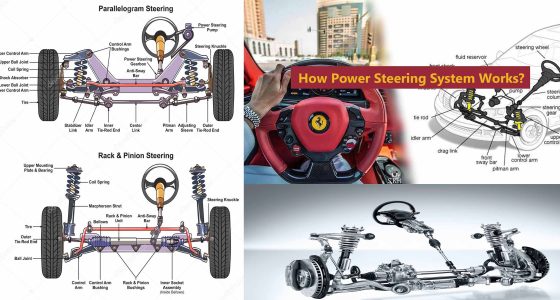The differential is a very important part in a vehicle, as a component transfer, the engine power is transmitted to the wheels. Engine power is transferred by a rear propeller shaft to the wheel first changed direction by differential rotation are then referred to rear axle shafts after that to the rear wheels.
Differential functions to reduce the speed received by the propeller shaft to produce a great moment and to change the direction of rotation of the propeller shaft 900 is transmitted to wheel next round through the rear axle shaft rear separately. However, if the differential is not working then it will result in the vehicle which cannot be run A.
How does it work?
At the time of the straight road
During the vehicle runs straight, the wheels of the rear axle will be screened by the drive pinion through the ring gear differential case, wheel-wheel differential gear pinion shaft, wheel-pinion differential gears, side gear teeth are not spinning, remain to be drawn into the ring gear rotation. Thus the spin on the wheel left and right alike.
At the time of turning
At the time of vehicle, turning left prisoners left wheel is bigger than the right wheel. If the differential case with the ring gear rotates the pinion will rotate on its axis and also the movement around the left side gear, so round the right-hand side gear increases, the side where the number of revolutions of the gear which is 2 times around the ring gear. It can be said that the average second-round gear is comparable with the rotary ring gear. as it should.
Working principle of differential
The basic principle of the differential gear unit can be understood by using equipment that consists of two gears pinion and rack. Both racks can be moved in the vertical direction as far as the weight rack and slip resistance will be lifted simultaneously. Placed between the tooth pinion rack and pinion gear connected to the braces and can be moved by these braces. When the same load “W” placed on each rack then braces (Shackle) is pulled up the second rack would be lifted at the same distance, this will prevent the pinion gear does not rotate.
But if a greater burden placed on the left rack and pinion buffer will then be drawn up along the gear rack rotates the load gets heavier, which is attributed to differences in prisoners who are given the pinion gear, so the smaller the burden will be lifted. The raised rack spacing is proportional to the number of turns pinion gear. In other words, that rack gets custody larger still and while prisoners who received a smaller load will move. This principle is used in the planning of differential gears.
Functions of differential
1- Further reduces the rotations coming from the gearbox before the same is passed on to the rear axles.
2- Changes the direction of the axis of rotation of the power by 90o i.e. from being longitudinal to the transverse direction.
3- To distribute power equally to both the rear driving axles when the tractor is moving in straight-ahead direction.
4- To distribute the power as per the requirement to the driving axles during turning i.e. more rotations are required by the outer wheel as compared to the inner wheel – during turns.
The main components of the differential
1- Input pinion gear
2- Crown wheel gear
3- Differential cage
4- Differential star
5- Differential axle (sun) gear
Types of differentials
1- Open Differential
3- Viscous Limited Slip Differential
4- Mechanical Clutch-Type LSD (Including eLSD)
5- Torsen and Helical Differential


